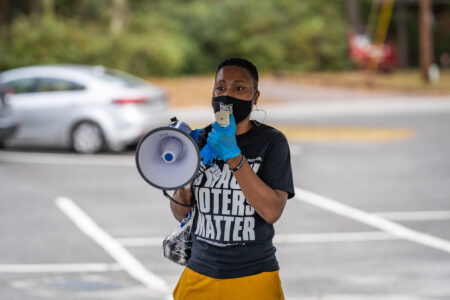A higher mortality rate has contributed to more than one million excess deaths of Black Americans across two decades, according to a new study.
Published yesterday in the scientific journal JAMA, the study, titled “Excess Morality and Years of Potential Life Lost Among the Black Population in the US, 1999-2020,” was conducted by researchers from HBCU Morehouse, Yale and the University of California amongst other universities.
Although previous studies have already shown that Black Americans pass away at younger rates and have more illnesses when compared to white Americans, the study found that there were 1.63 million excess deaths in the Black community from 1999 to 2020.
Overall, this contributed to the total loss of 80 million years of life when compared to white Americans. According to the study, heart disease was the number one contributor to the excess deaths among women and men. For men, cancer was the second biggest contributor.
The researchers found that there was some progress in closing this gap in mortality rates from 1999 to 2011. The progress, however, ceased from 2011 to 2019 before COVID-19 erased all progress made, according to the study.
“The study is hugely important for about 1.63 million reasons. Real lives are being lost,” said author Herman Taylor per NBC News. “Real families are missing parents and grandparents. Babies and their mothers are dying.”
“We have been screaming this message for decades,” he added.
Throughout the COVID-19 pandemic, Black Americans were among the racial and ethnic groups that were most affected by the outbreak. According to The Covid Tracking Project, Black Americans passed away from the illness at a rate that was 1.4 times more than that of white Americans.
At the height of the second wave of the Omicron virus, Black Americans were still recording higher rates of deaths from COVID-19 when compared to white Americans. According to a research study published in July 2022, the higher rates continued across geographical areas as Black Americans continued to record higher mortality rates from COVID-19, even in rural areas.
With each death, the impact of COVID-19 was found to leave about nine people in mourning on average, affecting both physical health as well as mental health.
Disparities that contribute to the higher mortality rate overall include inequality when it comes to housing, education and jobs, according to researcher Clyde Yancy.
“The results of the study are critically important,” said fellow researcher Harlan M. Krumholz, MD in a statement.“So far, our efforts to address health equity have failed to produce sustainable improvements in the lives and years lost by Black Americans because of disparities in death rates across the spectrum of age.”








